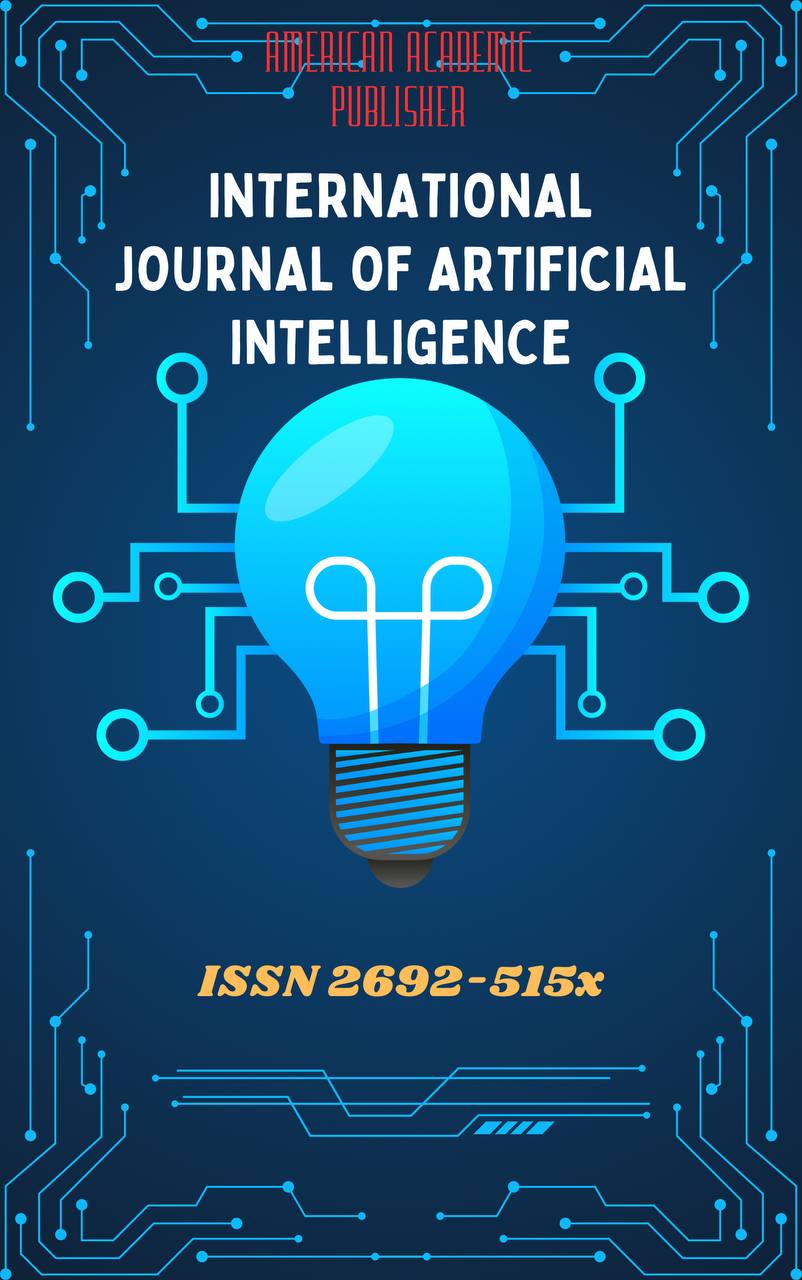 Articles
| Open Access |
Articles
| Open Access | ANATOMY OF PARADOXES: WHY DOES THE HUMAN BODY HAVE ORGANS THAT WORK AGAINST ITSELF?
Mo'ydinova Ruxshonaxon Fazliddin kizi , Qo`qon Universiteti Andijon filiali tibbiyot fakulteti “Pedyatrya ishi yonalishi” 1-kurs 25-05-guruh talabasiAbstract
The human body is a remarkable and complex mechanism, but it contains organs that do not always work to our advantage. This paper examines anatomical paradoxes — why certain parts of the body can cause harm or create problems for a person. For example, the appendix, which often becomes inflamed and requires removal, although its role in the body is not entirely clear. Wisdom teeth, which frequently cause pain and infections due to lack of space in the jaw. The structure of the esophagus and trachea is also studied, since their close proximity can cause choking.
These features are explained by evolutionary development: our body formed gradually, and not all structures were perfectly adapted to modern living conditions. Despite some organs causing difficulties, they also serve an important part of the overall system.
Understanding such paradoxes helps to better comprehend human anatomy and prevent possible diseases. The topic "Anatomy of Paradoxes" offers an interesting perspective on our body — not as a perfect machine, but as a result of a complex and sometimes contradictory evolutionary process.
Keywords
anatomy, paradoxes, human body, organs, appendix, wisdom teeth, evolution, pathologies, trachea, esophagus, anatomical features, health, medical anatomy, evolutionary adaptations, body risks.
References
Standring, S. Gray’s Anatomy: The Anatomical Basis of Clinical Practice. 41st Edition. Elsevier, 2016.
Moore, K.L., Dalley, A.F., Agur, A.M.R. Clinically Oriented Anatomy. 7th Edition. Wolters Kluwer, 2013.
Netter, F.H. Atlas of Human Anatomy. 6th Edition. Elsevier, 2014.
Marieb, E.N., Hoehn, K. Human Anatomy & Physiology. 10th Edition. Pearson, 2015.
Sadler, T.W. Langman’s Medical Embryology. 13th Edition. Wolters Kluwer, 2014.
Mescher, A.L. Junquiera’s Basic Histology: Text and Atlas. 13th Edition. McGraw-Hill, 2018.
Guyton, A.C., Hall, J.E. Textbook of Medical Physiology. 13th Edition. Elsevier, 2015.
Dawes, J. Evolutionary Anatomy. Oxford University Press, 2017.
Hall, B.K. Evolutionary Developmental Biology. Springer, 2014.
Weibel, E.R. The Pathway for Oxygen: Structure and Function in the Mammalian Respiratory System. Harvard University Press, 1984.
Herring, S.W., Herring, S.E. Functional Anatomy and Evolution of the Mammalian Masticatory Apparatus. Springer, 2019.
Dobson, S. The Appendix and Its Role in Human Health and Disease. Journal of Clinical Gastroenterology, 2016.
Singh, I.P., Kapoor, V.K. Clinical Anatomy of Wisdom Teeth and Their Complications. Indian Journal of Dental Research, 2018.
Smith, A.M., et al. Tracheal and Esophageal Anatomy: Clinical Implications. Surgical Clinics of North America, 2020.
Carroll, S.B. Endless Forms Most Beautiful: The New Science of Evo Devo and the Making of the Animal Kingdom. W.W. Norton & Company, 2005.
Article Statistics
Downloads
Copyright License

This work is licensed under a Creative Commons Attribution 4.0 International License.

